Year 6
The English curriculum is built around the three interrelated strands of language, literature and literacy. Teaching and learning programs should balance and integrate all three strands. Together, the strands focus on developing students' knowledge, understanding and skills in listening, reading, viewing, speaking, writing and creating. Learning in English builds on concepts, skills and processes developed in earlier years, and teachers will revisit and strengthen these as needed.
In Years 5 and 6, students communicate with peers and teachers from other classes and schools, community members, and individuals and groups, in a range of face-to-face and online/virtual environments.
Students engage with a variety of texts for enjoyment. They listen to, read, view, interpret and evaluate spoken, written and multimodal texts in which the primary purpose is aesthetic, as well as texts designed to inform and persuade. These include various types of media texts including newspapers, film and digital texts, junior and early adolescent novels, poetry, non-fiction and dramatic performances. Students develop their understanding of how texts, including media texts, are influenced by context, purpose and audience.
The range of literary texts for Foundation to Year 10 comprises Australian literature, including the oral narrative traditions of Aboriginal and Torres Strait Islander Peoples, as well as the contemporary literature of these two cultural groups, and classic and contemporary world literature, including texts from and about Asia.
Literary texts that support and extend students in Years 5 and 6 as independent readers describe complex sequences, a range of non-stereotypical characters and elaborated events including flashbacks and shifts in time. These texts explore themes of interpersonal relationships and ethical dilemmas within real-world and fantasy settings. Informative texts supply technical and content information about a wide range of topics of interest as well as topics being studied in other areas of the curriculum. Text structures include chapters, headings and subheadings, tables of contents, indexes and glossaries. Language features include complex sentences, unfamiliar technical vocabulary, figurative language, and information presented in various types of graphics.
Students create a range of imaginative, informative and persuasive types of texts such as narratives, procedures, performances, reports, reviews, explanations and discussions.
(source: www.australiancurriculum.edu.au)
Achievement Standard
Receptive modes (listening, reading and viewing)
By the end of Year 6, students understand how the use of text structures can achieve particular effects. They analyse and explain how language features, images and vocabulary are used by different authors to represent ideas, characters and events.
Students compare and analyse information in different and complex texts, explaining literal and implied meaning. They select and use evidence from a text to explain their response to it. They listen to discussions, clarifying content and challenging others' ideas.
Productive modes (speaking, writing and creating)
Students understand how language features and language patterns can be used for emphasis. They show how specific details can be used to support a point of view. They explain how their choices of language features and images are used.
Students create detailed texts elaborating on key ideas for a range of purposes and audiences. They make presentations and contribute actively to class and group discussions, using a variety of strategies for effect. They demonstrate an understanding of grammar, and make considered vocabulary choices to enhance cohesion and structure in their writing. They use accurate spelling and punctuation for clarity and make and explain editorial choices based on criteria.
(source: www.australiancurriculum.edu.au)
- Plus Plan
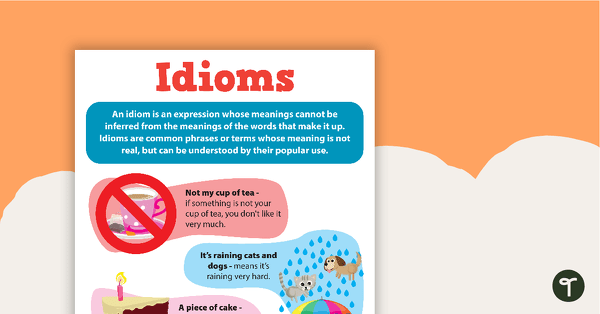
Idioms Poster
A poster giving the definition for and examples of idioms.
- Plus Plan
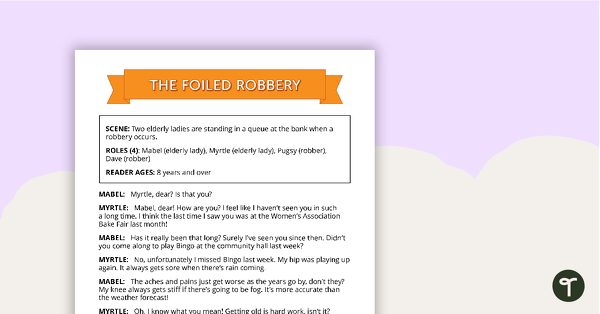
Comprehension - Foiled Robbery
A fun script and set of questions to help students develop reading and comprehension strategies.
- Plus Plan
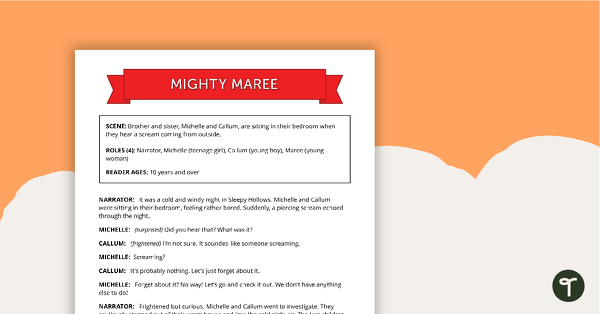
Comprehension - Mighty Maree
A fun script and set of questions to help students develop reading and comprehension strategies.
- Plus Plan
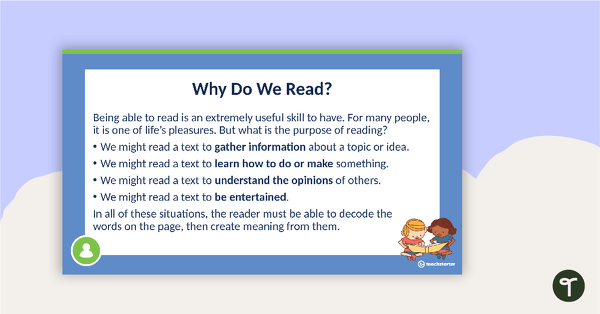
Reading Comprehension Strategies PowerPoint - Predicting
A 14 slide editable PowerPoint template explaining the reading comprehension strategy of predicting.
- Plus Plan
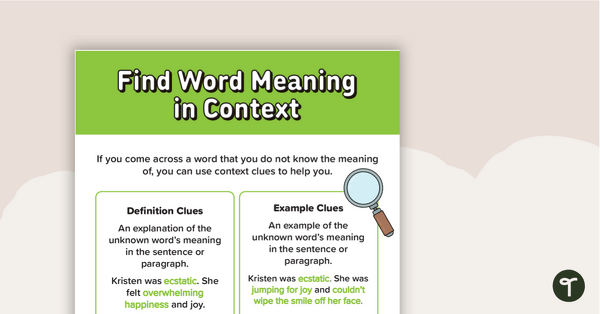
Find Word Meaning in Context Poster
A poster highlighting how to find word meaning in context when reading a piece of text.
- Plus Plan

Direct and Indirect Characterisation
A set of two posters explaining direct and indirect characterisation.
- Plus Plan
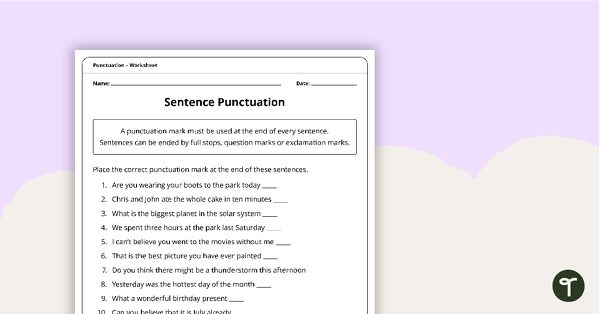
Punctuation Worksheet Pack – Upper Primary
A 6 page worksheet pack to consolidate the learning of punctuation for the upper years.
- Plus Plan
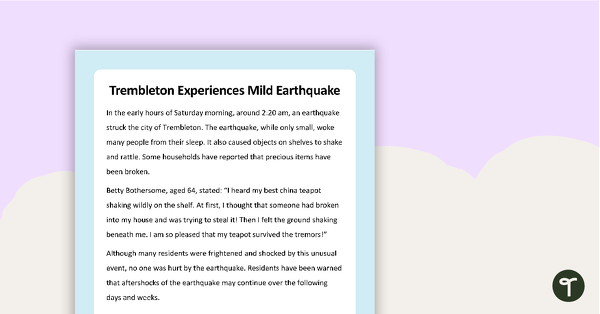
Recalling Facts - Comprehension Task
A task to use when teaching your students reading comprehension strategies.
- Plus Plan
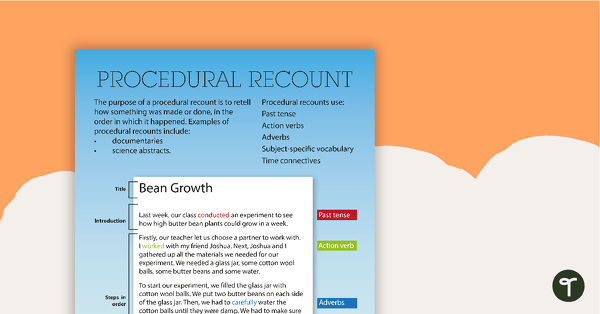
Procedural Recount Text Type Poster With Annotations
A poster about the procedural recount text type, including an annotated example.
- Plus Plan
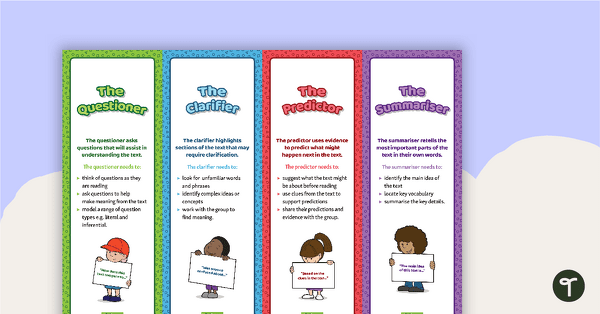
Reciprocal Teaching Role Bookmarks
A set of 4 colourful bookmarks explaining reciprocal teaching roles.
- Plus Plan
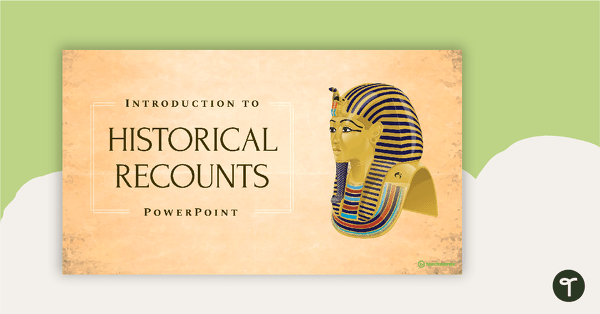
Introduction to Historical Recounts PowerPoint
A 17 slide editable PowerPoint template to use when teaching older students about the structure and language features of historical recounts.
- Plus Plan
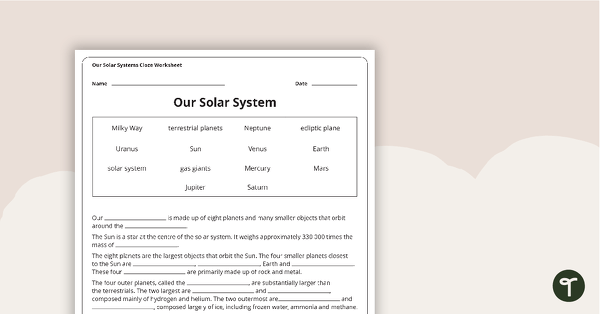
Fiction and Non-Fiction Cloze Activities
A set of 7 fiction and non-fiction cloze worksheets with answer sheets.
- Plus Plan
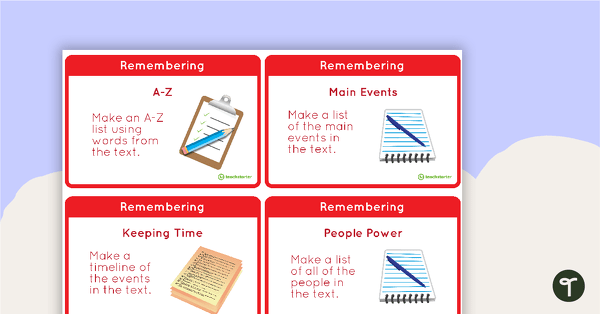
Bloom's Taxonomy Fast Finisher Task Cards - Upper Years
44 Bloom's Taxonomy fast finisher activity cards.
- Plus Plan
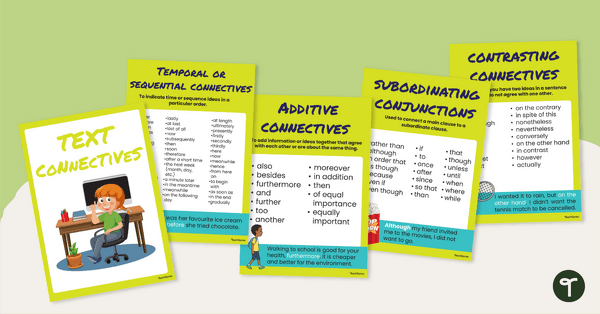
Text Connectives Posters for Upper Primary Students
Display this set of 8 grammar posters to remind students the types and examples of sentence connectives and conjunctions.
- Plus Plan
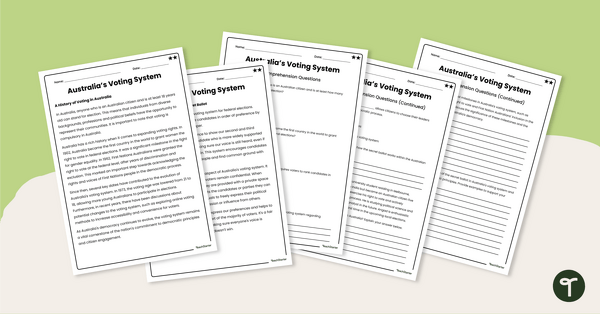
Australia's Voting System – Comprehension Worksheets
Explore the history and systems of voting in Australia with this differentiated reading comprehension activity.
- Plus Plan

Google Slides Interactive - Prefixes Activity
Practise adding prefixes to words by identifying, defining, and matching them in context.
- Plus Plan
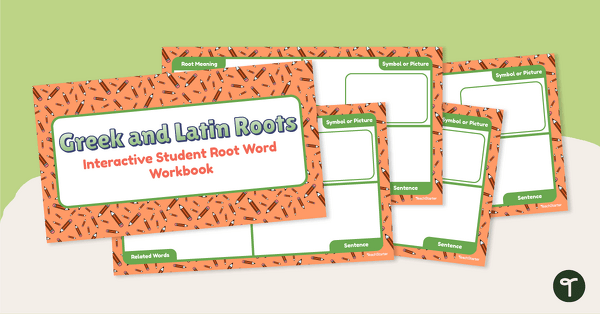
Greek and Latin Roots- Vocabulary Notebook
Enhance vocabulary containing Greek and Latin roots with a Google Slides Interactive vocabulary notebook. Also available in print format.
- Plus Plan
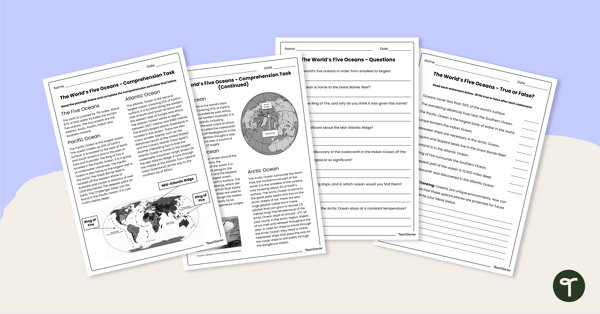
The World's Oceans - Comprehension Worksheet
Explore the world’s five oceans with this detailed comprehension passage and related questions.
- Plus Plan
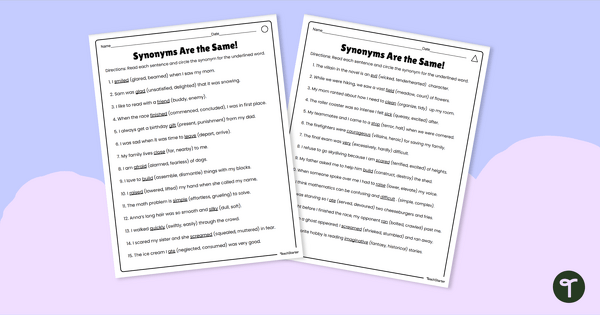
Synonyms Are the Same! – Differentiated Worksheets
Practise identifying and using synonyms in sentences with differentiated synonyms worksheets.
- Plus Plan
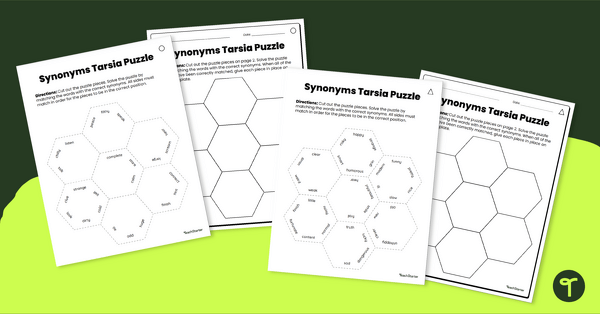
Synonyms Tarsia Puzzle
Have fun building vocabulary skills with a printable synonyms tarsia puzzle activity.
- Plus Plan
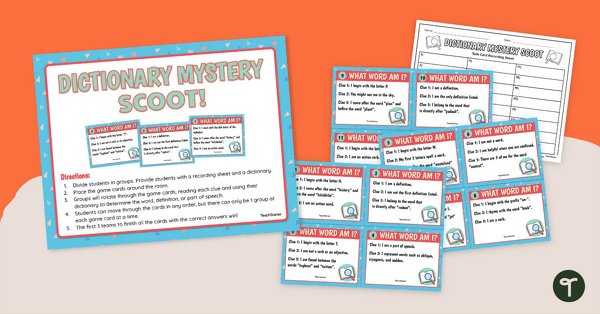
Dictionary Mystery Scoot Game
Practise dictionary skills with your students with this active game.
- Plus Plan
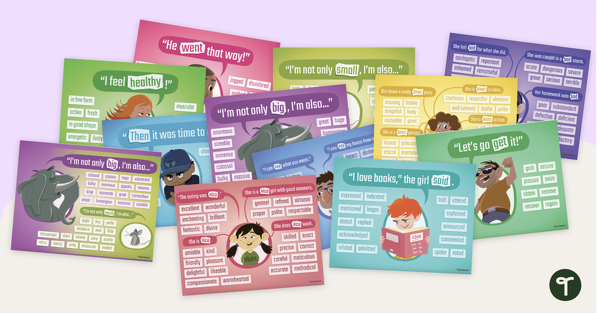
Synonyms Anchor Chart Pack
Print a pack of colourful synonym posters to boost vocabulary in the classroom!
- Plus Plan
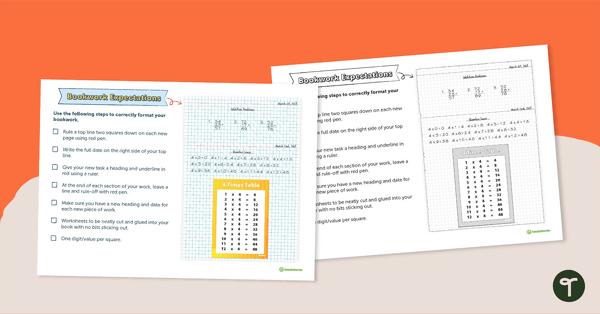
Numeracy Bookwork Expectations Posters
A checklist for students to refer to when displaying numeracy bookwork. There are low colour and black and white versions, plus editable versions in case you need to add your own expectations.
- Plus Plan
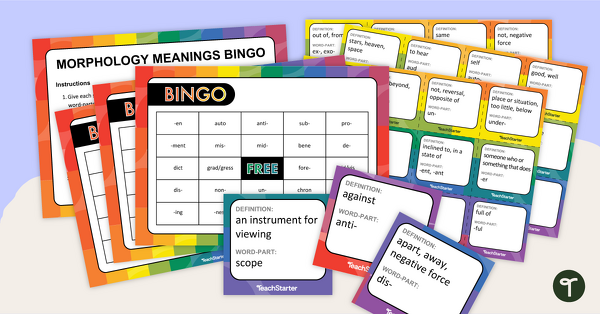
Morphology Meanings Bingo
Examine word parts and identify their morphological meanings in this BINGO game.
- Plus Plan
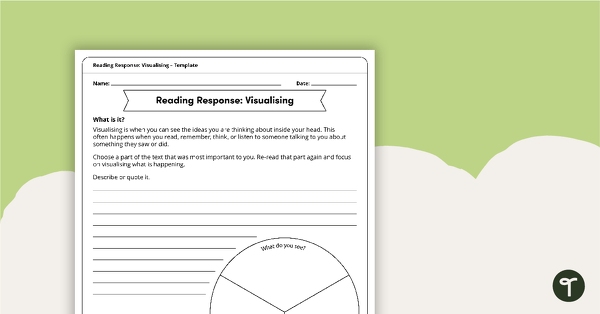
Reading Response Visualising – Template
A comprehension template for students to practise visualising.
- Plus Plan
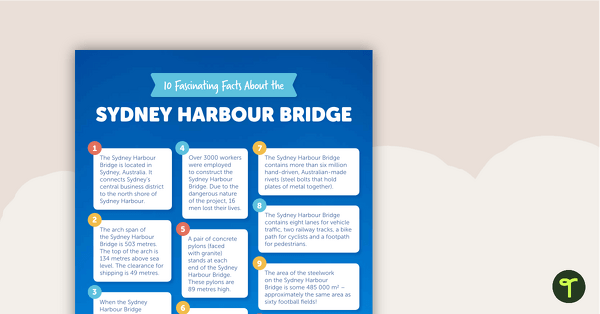
10 Fascinating Facts About the Sydney Harbour Bridge – Comprehension Worksheet
A comprehension worksheet for an article including ten facts about the Sydney Harbour Bridge in Australia.
- Plus Plan

Liquid Ice – Worksheet
A comprehension worksheet for a fake advertisement from the Year 5 magazine (Issue 3).
- Plus Plan
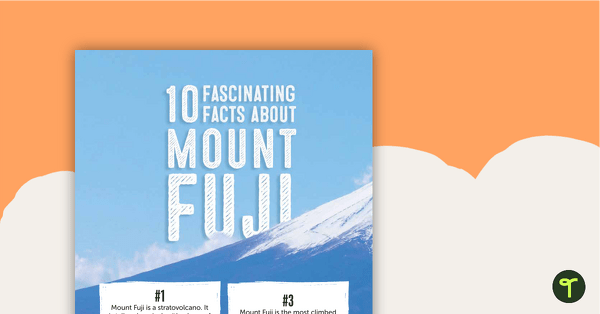
10 Fascinating Facts About Mount Fuji – Worksheet
A comprehension worksheet for an article from the Year 6 magazine (Issue 3).
- Plus Plan
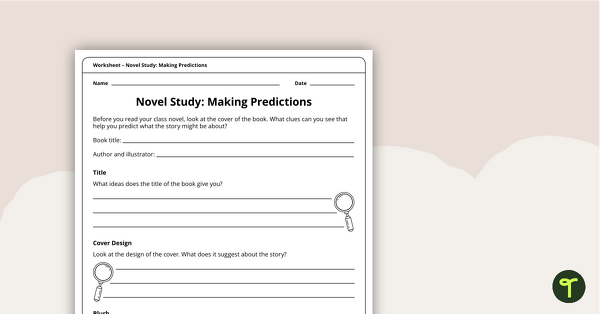
Novel Study – Making Predictions Worksheet
Make predictions before reading a novel with this novel study worksheet.
- Plus Plan
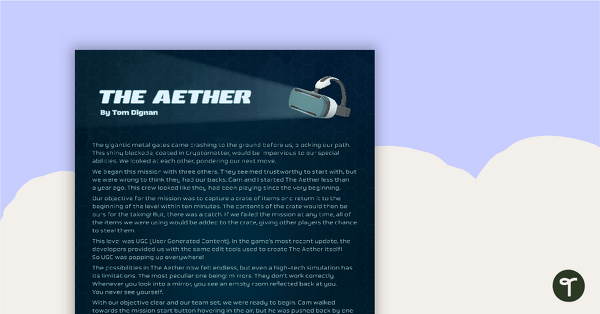
The Aether – Worksheet
A comprehension worksheet for a narrative from the Year 5 magazine (Issue 3).
- Plus Plan
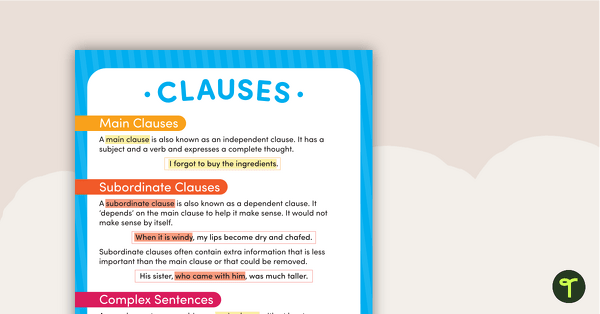
Main Clauses and Subordinate Clauses Poster
A poster explaining main clauses and subordinate clauses.
- Plus Plan
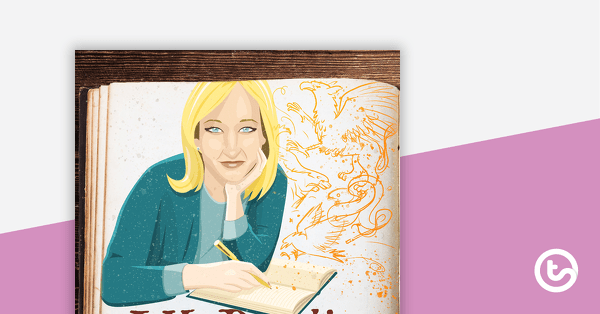
J. K. Rowling Biography – Worksheet
A comprehension worksheet for a biography from the Year 5 magazine (Issue 2).